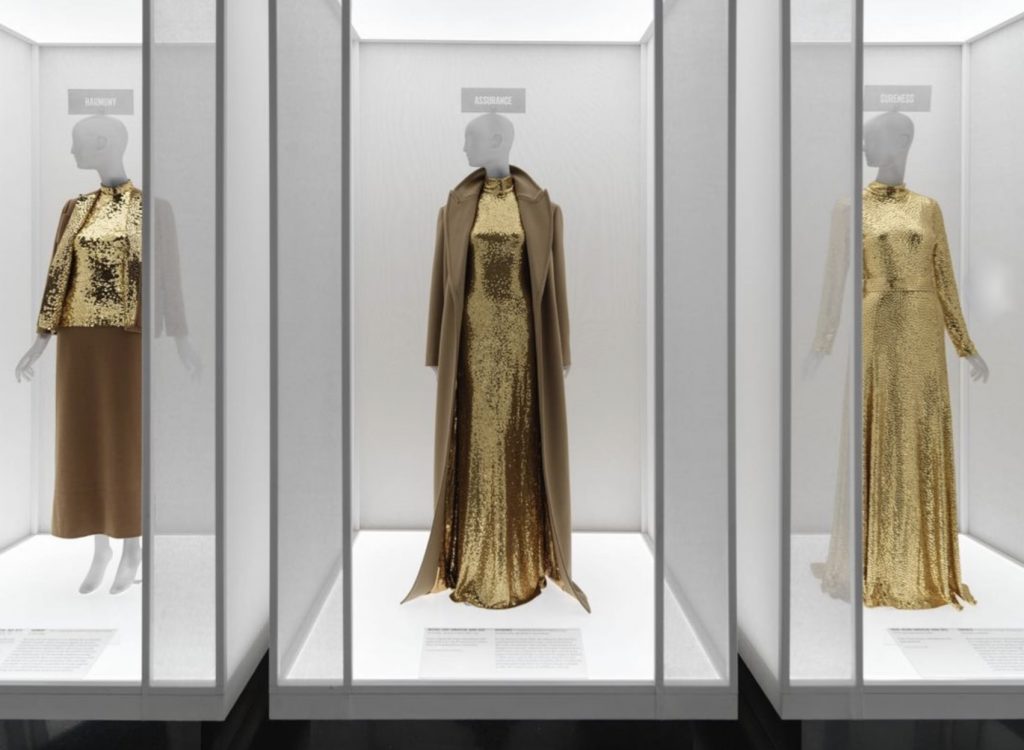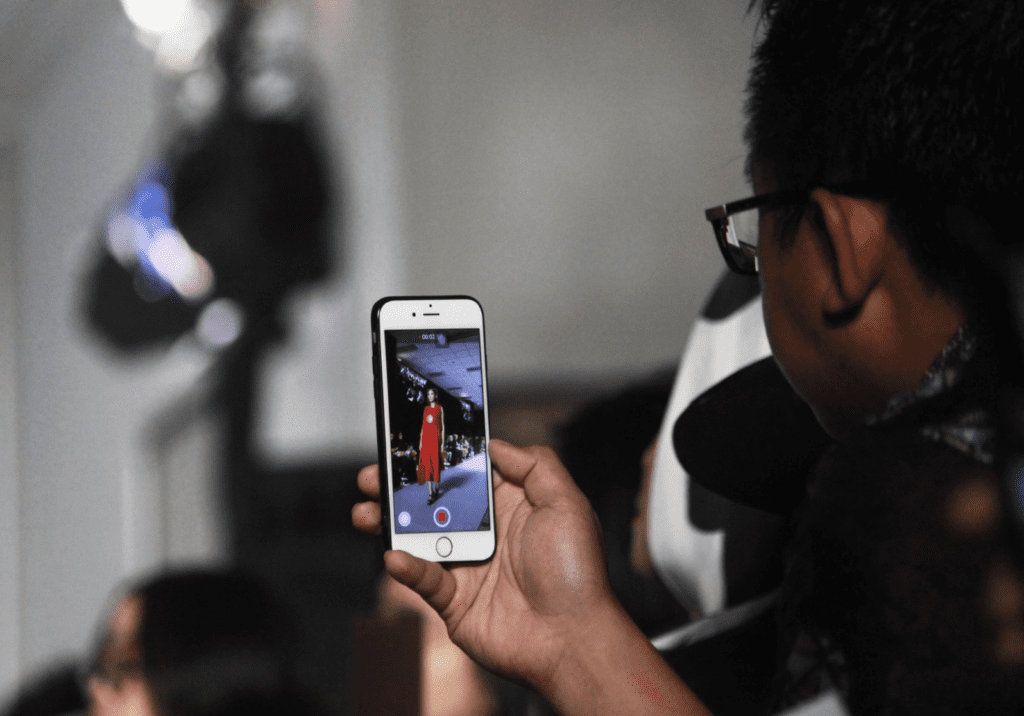Big-name fashion figures, Hollywood stars, tech company executives, and deep-pocketed patrons of the arts are expected to flood the temporarily red-carpeted steps of the Metropolitan Museum of Art in Manhattan on Monday evening, a COVID-caused alternative of the usual first Monday in May schedule, in American-designed wares to celebrate what has been popularly-coined “fashion’s biggest night of the year.” The high fashion-saturated red carpet of the museum’s annual Costume Institute Gala – which has garnered mainstream media attention in recent years – remains one of the most attention-grabbing in the industry, which is why many brands shell out more than $200,000 for tables at the event and then splash corresponding imagery of their guests on their Instagram accounts.
The annual red carpet for the Met Gala is inevitably smattered with high-profile attendees and high-fashion wares. This year, that will see many a celebrity and/or fashion figure in the creations of American designers, a nod to the “In America: A Lexicon of Fashion” theme. (Tom Ford, who is a co-sponsored of the evening, will likely be a popular choice.) More than that, it will be graced by famous figures clad in garments created (and lent) by the brand sponsoring their individual attendance – the evening is a major marketing opportunity for brands, after all.
This year, the exhibition, itself – which is slated to open to the public on September 18 will run until May 5, 2022 when Part II, “In America: An Anthology of Fashion,” opens.
Look beyond the evening’s red carpet and the corresponding museum exhibition, and you will see that the evening is big business. The money raised by way of the gala – some $13.5 million as of 2017 – is enough to fund the Costume Institute’s annual operating budget in its entirety, and so, it is in the interest of the organizers to keep the appeal of the event, which got its start in 1948 when fashion publicist Eleanor Lambert decided to host a fundraising dinner to support the then-newly-founded Costume Institute ahead of the opening of its annual exhibit, intact.
In its early days, a Met Gala ticket cost $50 and attendees consisted almost exclusively of Manhattan’s charity event-going circle, and figures from the fashion industry. Under the watch of former Vogue editor-in-chief Diana Vreeland, who was tasked to consult for the Costume Institute in 1972, the celebrity-centric nature of the event as we know it today began to take shape.
Attendance for the star-studded event is notoriously much trickier than it was at the outset. As the long-standing industry urban legend goes, even if an individual has the $35,000 it currently takes to purchase a single ticket, or a brand is willing to splash out between $200,000 or $300,000 for a table, getting on the guest list is not necessarily as simple as buying tickets. Vogue editor-in-chief and Conde artistic honcho, Ms. Wintour, is said to personally review – and approve or ban – every name on the traditionally 650-or-so-person list. Vogue’s traffic-meal-ticket du jour Kim Kardashian was reportedly banned in years prior, as have various cast members of the “Real Housewives” franchises. According to the New York Times’ Vanessa Friedman, “Rumors have gone around for years that Ms. Wintour turns away guests she does not know or who she feels do not fit the image she wants her event to project.”
The exclusivity surrounding the list of invitees, as furthered by the mystique of the prerequisite stamp of approval from Wintour, almost certainly helps to boost the appeal of the entire event (one that Gwyneth Paltrow once called “un-fun” and “sucked.” The Goop guru has seemingly walked back on that after attending in subsequent years.) This very model of strict control in light of demand has helped put Hermes and its famed $12,000-plus Birkin bags on the “it” list for more than 30 years. It helped streetwear stalwart Supreme to command a $2.1 billion valuation when it was acquired by VF Corp. last year, and landed Off-White under the umbrella of LVMH, the largest luxury goods conglomerate in the world. In an industry as fickle and image-driven as fashion, few things motivate quite like a list or a cool kids club.
The fashion industry’s penchant for maintaining the status quo also lends a helping hand. As journalist Amy Odell wrote not too long ago about why brands continue to pay for print ads when magazine readership continues to plummet, “Tradition remains powerful in an industry built on constant change that, paradoxically, is full of entrenched interests and doesn’t really like to change very much.” That same reasoning applies here, as well.
More than 70 years after the Gala first got its start, Vogue has readily proclaimed that “on the fashion calendar, few dates are as important,” something WWD called into question in the not too distant past. In an article published ahead of 2019’s Gucci-sponsored “Camp” exhibition and corresponding gala, for instance, the trade publication suggested that “some big designers [were] skipping the Met Gala this year,” and noted that in the digital era, big brands – such as Ralph Lauren, Dior and Calvin Klein, which reportedly opted not to purchase tables – no longer need events like this to garner publicity; with an influencer and an Instagram account, they can do it themselves.
“The fashion-media matrix has certainly been irrevocably altered in recent years,” the trade noted. “If [a] brand wants to get an image of an actor or a ‘brand ambassador’ in one of its looks out into the world, it doesn’t need to spend well upward of $300,000 for a red-carpet event to do it when an Instagram post by it or an influencer can do the trick.”
At a time when brands are able to drum up much-needed PR on their own without a $300,000 table, can an event, such as the Met Gala, hold its weight? If 2019’s event was any indication, apparently it can. According to a rep for publishing giant and Vogue parent company Conde Nast, which helps sponsor the exhibition, and whose artistic director Wintour spearheads the gala, tickets were sold out, and have been for months. And in fact, it revealed that brands that have never paid for tables before, such as Louis Vuitton, were shelling out.











